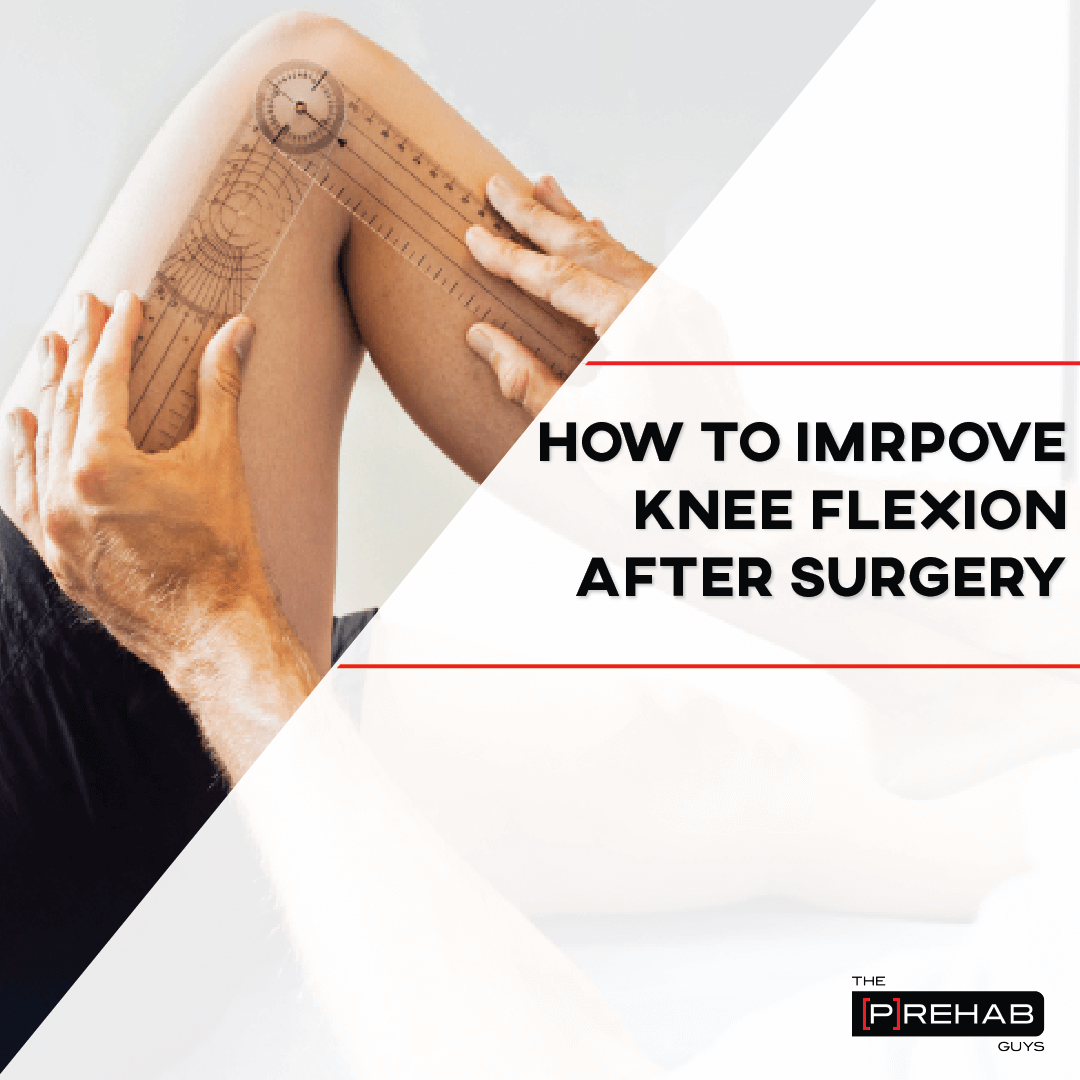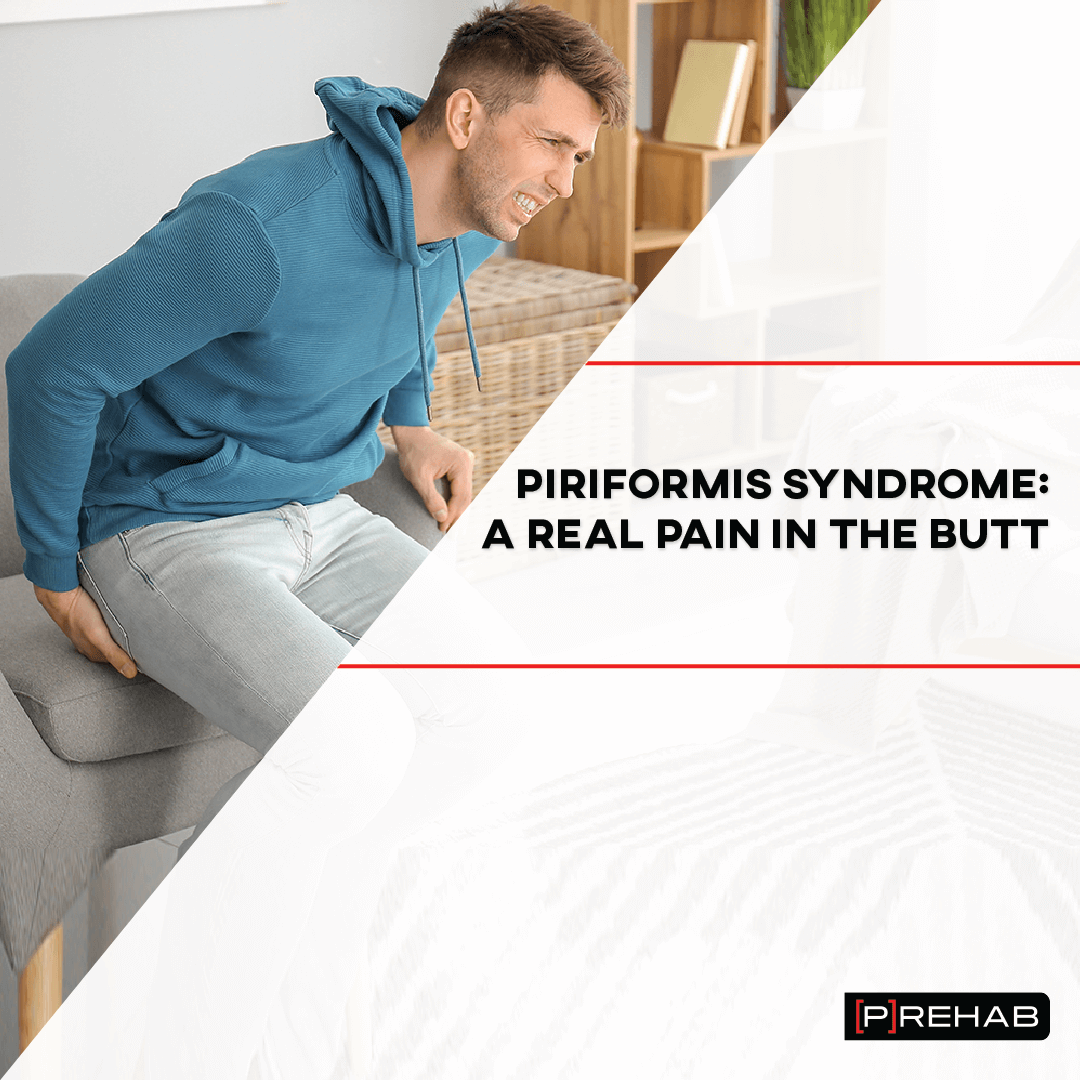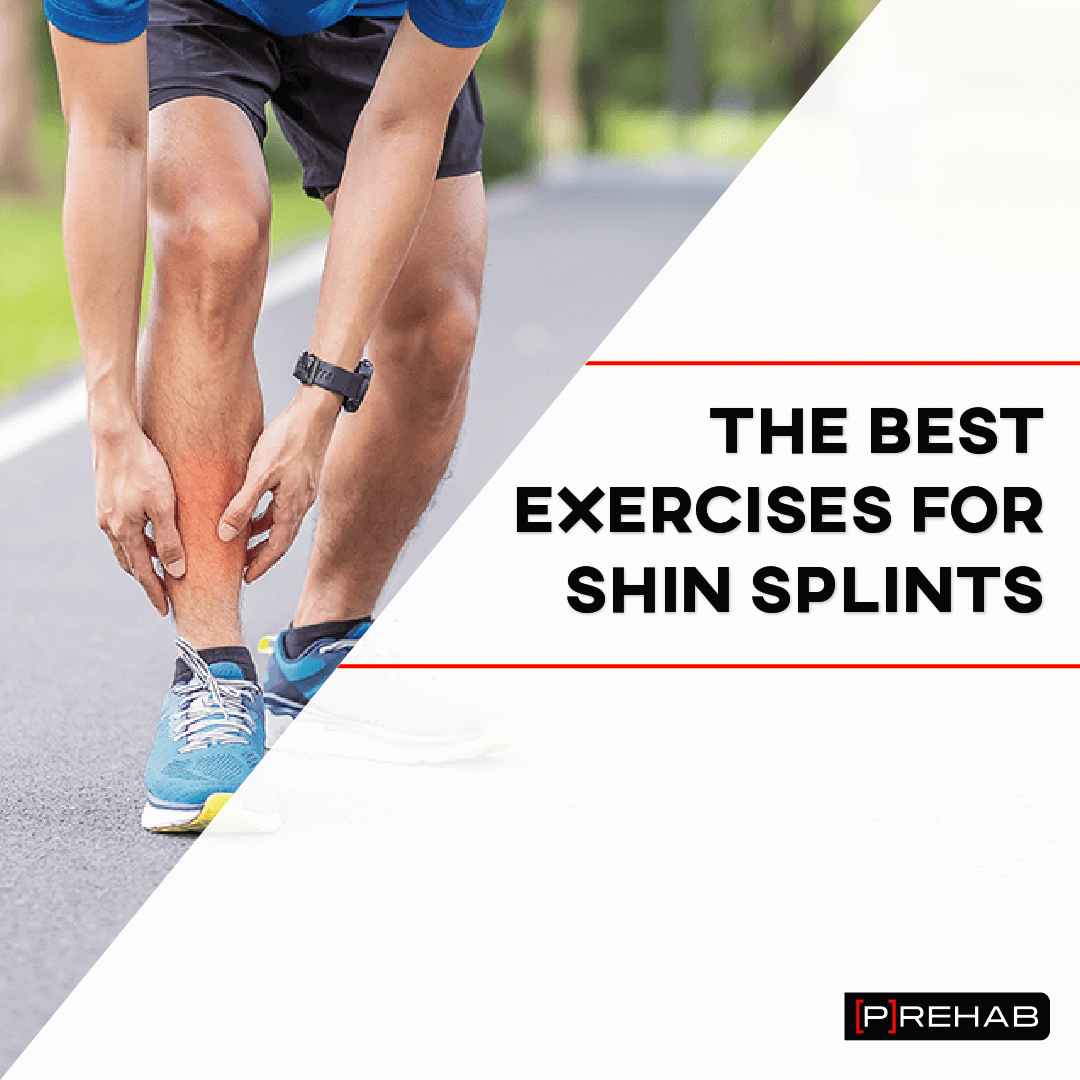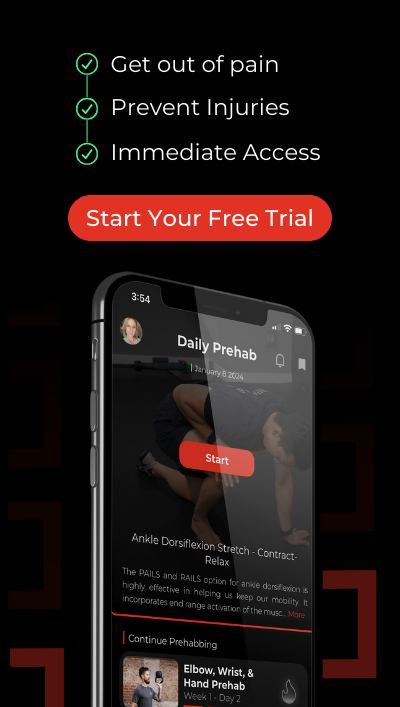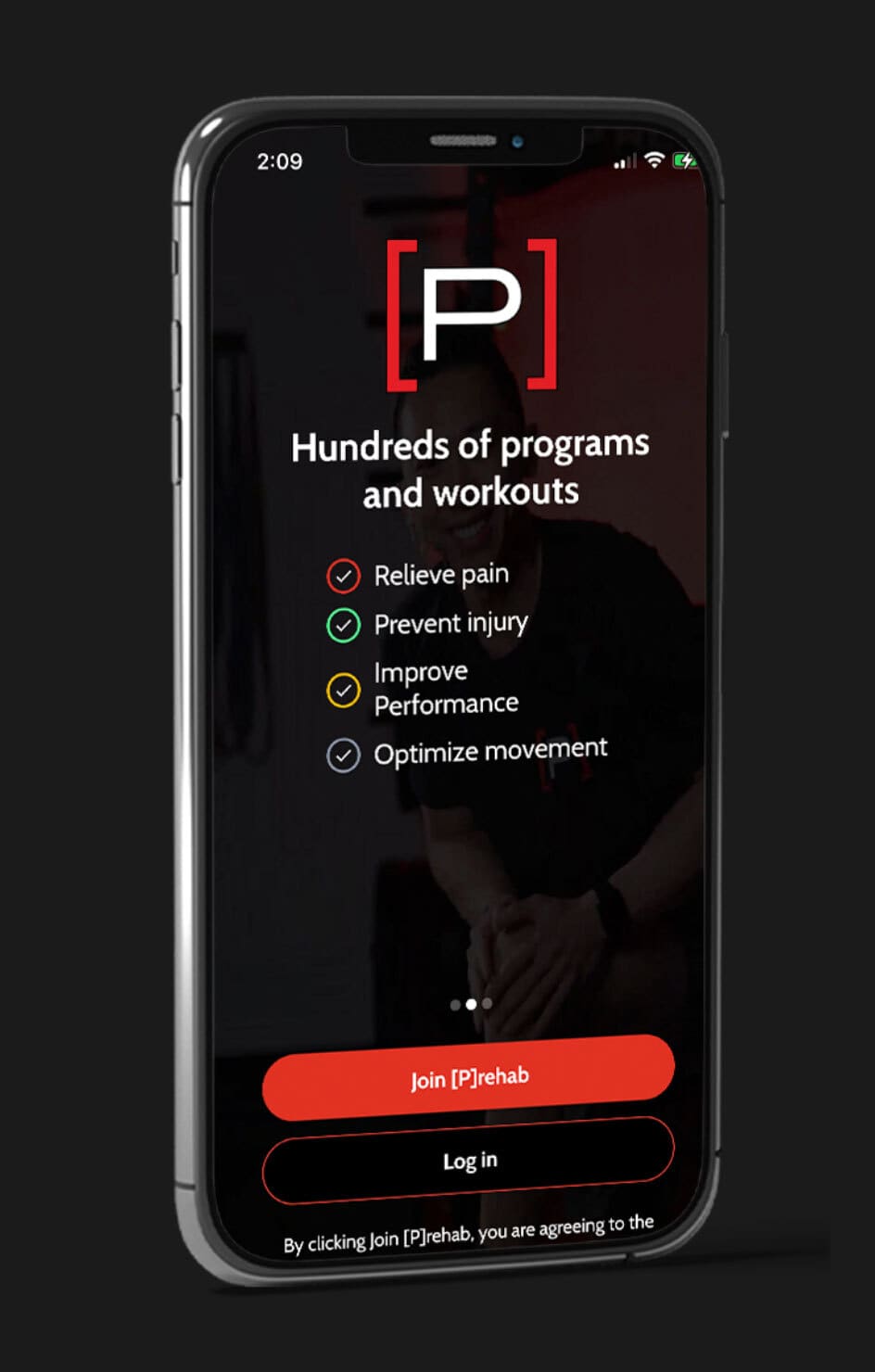You have pain when you exercise, so you stop going to the gym and see a doctor. The doctor writes you a prescription for Physical Therapy that includes “exercise therapy”. Your physical therapist tells you that you need to start exercising, but not to do any exercises that cause you pain! This puts you in a frustrating catch-22 situation, which nobody seems to have the answer to! If you have pain with exercising and need to avoid pain, how can you exercise to reduce your pain? You’ve heard the phrase “no pain, no gain!” but that doesn’t sound very scientific does it? But what is the answer? Should rehab be pain-free? Or should you ignore your pain and just grin and bear it? This article will answer these questions and provide you with scientific strategies to rehabilitate a painful injury!
Should Rehab be Pain-Free? What About No Pain No Gain?
The phrase “no pain, no gain” gained popularity in the 1980’s when Jane Fonda would repeatedly use it during her workout videos (author’s note: I found this fact on Wikipedia – I have never watched or done a Jane Fonda workout video). Since then, it has been used by football coaches, bodybuilders, and other groups of people whom you should generally never take medical advice from. On the opposite end of the spectrum, physical therapists and doctors often tell patients that it is crucial to avoid exercises that are painful, as pain is the body’s way of telling you to STOP!
HOWEVER, Research over the last few decades has answered this question unequivocally: Rehab does NOT need to be pain-free! This question was recently answered in the form of a meta-analysis, which is the highest level of scientific evidence in our profession. A meta-analysis is essentially a research paper that combines a bunch of research papers on the same topic to increase the strength of their conclusion.
READ: WHAT IS PAIN? PART 1 OF 3
This particular meta-analysis combined 9 different studies investigating the rehabilitation of chronic musculoskeletal pain utilizing either pain free exercises or exercises that encouraged or allowed for some pain. They concluded that the groups that allowed pain with rehab exercises had significantly better outcomes 3 months from the start of treatment. They also found no significant differences between the groups from 3-12 months and after 12 months. Utilizing this information the authors concluded that pain with exercises does not need to be avoided and actually offers short term benefits over pain free exercises.
This is a huge win for patient’s and therapists alike. Trying to build strength and function while totally avoiding pain is often impossible and the reason that a patient fails to improve. This research provides solace that working through some pain to address specific deficits will lead to improvements quicker than avoiding pain! This will help us build our educational foundation when talking to patients who are molded into the concept of no pain no gain!
Dealing With Some Achilles Tendon Pains?
In some situations, especially when more chronic, tendons need to be loaded. In fact, some discomfort with Achilles tendon rehab is not bad! Take control of your Achilles tendon health today with our program.
What About No Pain No Gain With Soft Tissue (Muscle) Injuries?
Now that we have established that pain with rehab generally doesn’t need to be completely avoided, let’s get into some findings for specific issues. Muscle strains are some of the most common injuries as well as some of the hardest to recover from without pain. Fortunately, a study comparing the results of men rehabilitating hamstring injuries utilizing either pain-free rehab or rehab allowing pain up to 4/10 found no negative effects of the program that allowed pain with exercise. Furthermore, they found that the group who were allowed to work through some pain had 15% greater hamstring strength at the time of their return to play as well as 2 months later. This increased strength has obvious benefits in the form of potential for improved performance and decreased injury risk.
Why Pain With Hamstring Rehab is Practical
RDL Isometrics
- HOW: Place a kettlebell on the ground in between your legs. Hinge forward at the hips, slightly bend your knees, and keep your back flat. Reach down with both hands and grab a hold of the kettlebell. While keeping your back parallel with the ground and your elbows straight, slightly pull up on the kettlebell using your glutes and hamstring muscles. Once it is barely off of the ground, hold that position for five seconds (or the prescribed amount of time) and relax.
- FEEL: You should feel your glutes and hamstrings working.
- COMPENSATION: Don’t arch your back, keep it flat. Don’t straighten your knees. Keep a slight bend in your knees, don’t straighten them.
LISTEN: HAMSTRING INJURIES AND PREVENTION
Tips To Manage Your Achilles Tendon Pain
What About Tendon Injuries?
What about no pain no gain with tendon injuries? Tendinopathies provide some of the best supporting evidence in favor of allowing pain during rehab, utilizing the pain monitoring model. The pain monitoring model (pictured below) is used as a way for patients to gauge the level of pain they have both during an exercise as well as in the 24 hours afterward.
READ: TENDONITIS VERSUS TENDINOSIS
Utilizing this model and the rules included below it Silbernagel et al. have shown that loading the tendon in the presence of pain </=5/10 produces superior results for patients with both achilles and patellar tendinopathies, respectively.
Pain Monitoring Model
A few crucial points in regards to this Pain Monitoring Model in relation to “no pain no gain”:
- Pain of 2-5/10 is actually encouraged over pain of 0-2/10.
- These guidelines are for both performance of the exercise as well as a period of up to 24 hours afterward.
- Symptoms should overall be improving from week to week.
- The guidelines are shown to be effective for activities outside of PT such as running and sport participation.
The Prehab membership is the anti-barrier solution to keeping your body healthy. Access state-of-the-art physical therapy, fitness programs, and workouts online in the comforts of your own home or gym! Taking control of your health with exercise & education from the palm of your hand has never been easier. Get access to 50+ programs, 100+ unique workouts, and 3000+ exercises to build your own workout routines. Trial it for free, and learn how to get out of pain, avoid injury, and optimize your health with [P]rehab!
Seated Heel Raises
Sample Achilles Rehab Program Video
Sit in a chair with your feet comfortably on the ground. Keeping as much weight as your can (or were told to by your therapist) on your ankles, push through the balls of your feet to raise your heels off the ground. You can use your hands and upper body weight to make the exercise harder or put weights on your knees. You should feel the muscles in your calves working as your try to lit your heels off the ground. Make sure to keep constant pressure/weight on your feet for proper resistance training.
Split Stance Lunge Isometrics
Begin in a split stance position by placing the non-affected leg backward with the heel off the ground. Be sure to place 70-80% of your weight in your front leg and 20-30% in your back leg. Slowly lower yourself down, and then hold this position. You should feel all of the thigh muscles and butt muscles working, primarily in the forward leg. Avoid having an over-arched or rounded back – keep a neutral spine with the core engaged. Don’t let the knee cave in or bow out. Keep equal weight distribution in the entire foot of the forward leg.
What about bone or joint pain?
The pain monitoring model has been shown to be effective in the treatment of patellofemoral pain as well as hip and knee osteoarthritis. A study of 10,000 patients with osteoarthritis in Denmark found that on average these patients experience a 10% increase in pain when they first start to exercise. However, they also found that these patients can expect pain relief of 25% in just 6 weeks of exercising 2x/week!
In fact, the effects of exercise utilizing the pain monitoring scale are so profound in patients with knee osteoarthritis that in a group of patients eligible for a total knee replacement more than 75% chose not to undergo surgery a year after a 12-week exercise therapy program.
These massive improvements are likely due to the well-established fact that improving muscular strength can reduce the stress placed on our joints during activities of daily living.
Wall Sit Isometrics 45 Degrees
Begin in a standing position with your feet about hip-width apart. Next focus on lowering yourself halfway down and hold this position. Make sure to keep your back on the wall for the entirety of this exercise. The further you bring your feet away from the wall, the more challenging this exercise will be. You will the muscles in the front of your thigh working with this exercise. Avoid rounding at the back as you lower yourself on the wall. Maintain a straight back as you lower yourself.
Closing thoughts
All in all, “No Pain, No Gain” is not always the answer! Here are some main takeaways:
- Pain during rehabilitation is okay and in many cases beneficial to your recovery.
- The pain monitoring model is the most effective way to elicit adaptations necessary for recovery while avoiding worsening injuries.
- While small increases in pain during rehab are okay it is important that your symptoms are improving from week to week.
- When you are uncertain if an exercise is safe just remember 2 simple rules:
- Your pain during and after an exercise should be tolerable
- An increase in pain from day to day is caused by decreasing the intensity of the exercises you are performing.
Take Control of Your Achilles and Calf Health!
The Achilles is the strongest tendon in the body! It may not feel that way currently but we promise you that it will. The achilles anchors down that powerful calf musculature complex and works as a spring to make walking and running a bit more efficient. The best way to restore the true power of the achilles and regain efficient movement is through guided exercises and education, we’ve got both ready for you!
References
- Silbernagel KG, Thomeé R, Eriksson BI, Karlsson J. Continued sports activity, using a pain-monitoring model, during rehabilitation in patients with Achilles tendinopathy: a randomized controlled study. Am J Sports Med. 2007;35(6):897-906. doi:10.1177/0363546506298279
- Smith BE, Hendrick P, Smith TO, et al. Should exercises be painful in the management of chronic musculoskeletal pain? A systematic review and meta-analysis. Br J Sports Med. 2017;51(23):1679-1687. doi:10.1136/bjsports-2016-097383
- Hickey JT, Timmins RG, Maniar N, et al. Pain-Free Versus Pain-Threshold Rehabilitation Following Acute Hamstring Strain Injury: A Randomized Controlled Trial [published online ahead of print, 2019 Jun 28]. J Orthop Sports Phys Ther. 2019;1-35. doi:10.2519/jospt.2019.8895
- Silbernagel KG, Thomeé R, Thomeé P, Karlsson J. Eccentric overload training for patients with chronic Achilles tendon pain–a randomised controlled study with reliability testing of the evaluation methods. Scand J Med Sci Sports. 2001;11(4):197-206. doi:10.1034/j.1600-0838.2001.110402.x
- Couppé C, Svensson RB, Silbernagel KG, Langberg H, Magnusson SP. Eccentric or Concentric Exercises for the Treatment of Tendinopathies?. J Orthop Sports Phys Ther. 2015;45(11):853-863. doi:10.2519/jospt.2015.5910
- Thomeé R. A comprehensive treatment approach for patellofemoral pain syndrome in young women. Phys Ther. 1997;77(12):1690-1703. doi:10.1093/ptj/77.12.1690
- Sandal LF, Roos EM, Bøgesvang SJ, Thorlund JB. Pain trajectory and exercise-induced pain flares during 8 weeks of neuromuscular exercise in individuals with knee and hip pain. Osteoarthritis Cartilage. 2016;24(4):589-592. doi:10.1016/j.joca.2015.11.002
- Sandal LF, Roos EM, Bøgesvang SJ, Thorlund JB. Pain trajectory and exercise-induced pain flares during 8 weeks of neuromuscular exercise in individuals with knee and hip pain. Osteoarthritis Cartilage. 2016;24(4):589-592. doi:10.1016/j.joca.2015.11.002
- Skou ST, Roos EM. Good Life with osteoArthritis in Denmark (GLA:D™): evidence-based education and supervised neuromuscular exercise delivered by certified physiotherapists nationwide. BMC Musculoskelet Disord. 2017;18(1):72. Published 2017 Feb 7. doi:10.1186/s12891-017-1439-y
- Skou ST, Roos EM, Laursen MB, et al. A Randomized, Controlled Trial of Total Knee Replacement. N Engl J Med. 2015;373(17):1597-1606. doi:10.1056/NEJMoa1505467
About The Author
Tommy Mandala, PT, DPT, OCS, SCS, CSCS
[P]rehab Writer & Content Creator
Disclaimer – The content here is designed for information & education purposes only and is not intended for medical advice.
About the author : Tommy Mandala PT, DPT, SCS, OCS, CSCS
Related posts
Get Proactive with Prehab
- ✔ Zero wait times, no hidden fees, no barriers to entry!
- ✔ Get out of pain, get stronger, and improve your mobility
- ✔ Access to easy-to-digest physical therapy education videos & resources to learn about your body in the palm of your hand
- ✔ Guidance from trusted Doctors of Physical Therapy
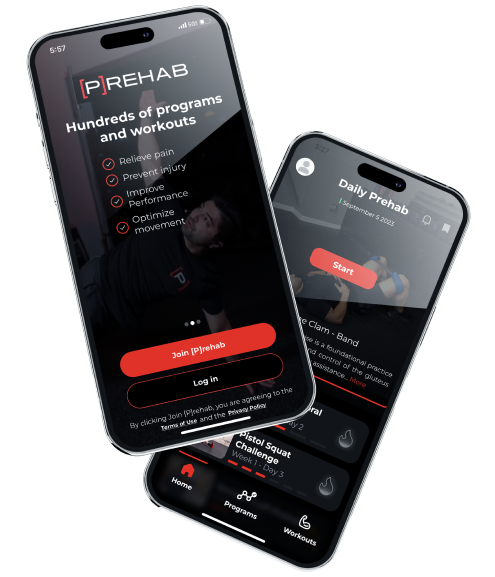
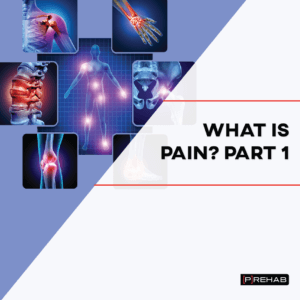
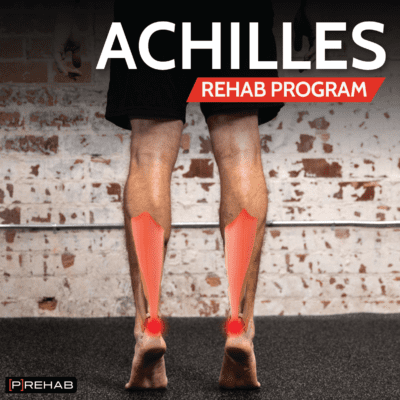
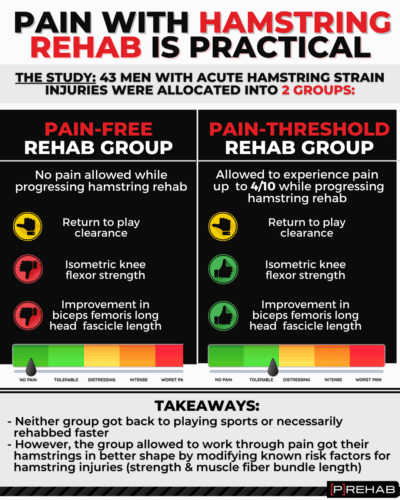
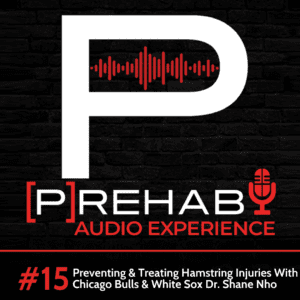
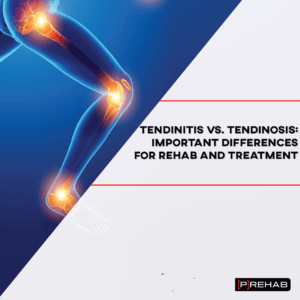
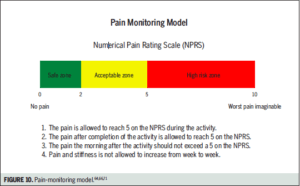
 Tommy Mandala is currently a Doctor of Physical Therapy and Board Certified Sports Clinical Specialist in New York City. Prior to that, he completed a sports residency at the University of Delaware where he had opportunities to work with their Division I baseball team, as well as the Philadelphia 76’ers NBA G-league affiliate, the Delaware Blue Coats. A former high school baseball player, this experience drove his interest in treating the throwing athlete and led him to pursue a rotation at Champion Sports Medicine in Birmingham, Alabama to learn from leading baseball researchers in the American Sports Medicine Institute. While Tommy has a special interest in throwing athletes and ACL rehab, he believes that everyone should train like an athlete. As the son of an FDNY firefighter, he also has a passion for treating the occupational athlete. One of his favorite aspects of his job is teaching patients the proper form to allow them to continue doing the things they love in spite of an injury.
Tommy Mandala is currently a Doctor of Physical Therapy and Board Certified Sports Clinical Specialist in New York City. Prior to that, he completed a sports residency at the University of Delaware where he had opportunities to work with their Division I baseball team, as well as the Philadelphia 76’ers NBA G-league affiliate, the Delaware Blue Coats. A former high school baseball player, this experience drove his interest in treating the throwing athlete and led him to pursue a rotation at Champion Sports Medicine in Birmingham, Alabama to learn from leading baseball researchers in the American Sports Medicine Institute. While Tommy has a special interest in throwing athletes and ACL rehab, he believes that everyone should train like an athlete. As the son of an FDNY firefighter, he also has a passion for treating the occupational athlete. One of his favorite aspects of his job is teaching patients the proper form to allow them to continue doing the things they love in spite of an injury.